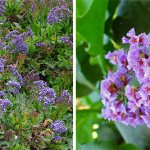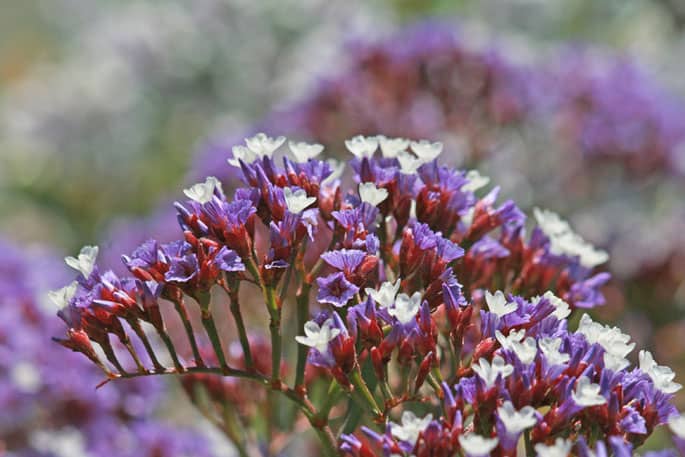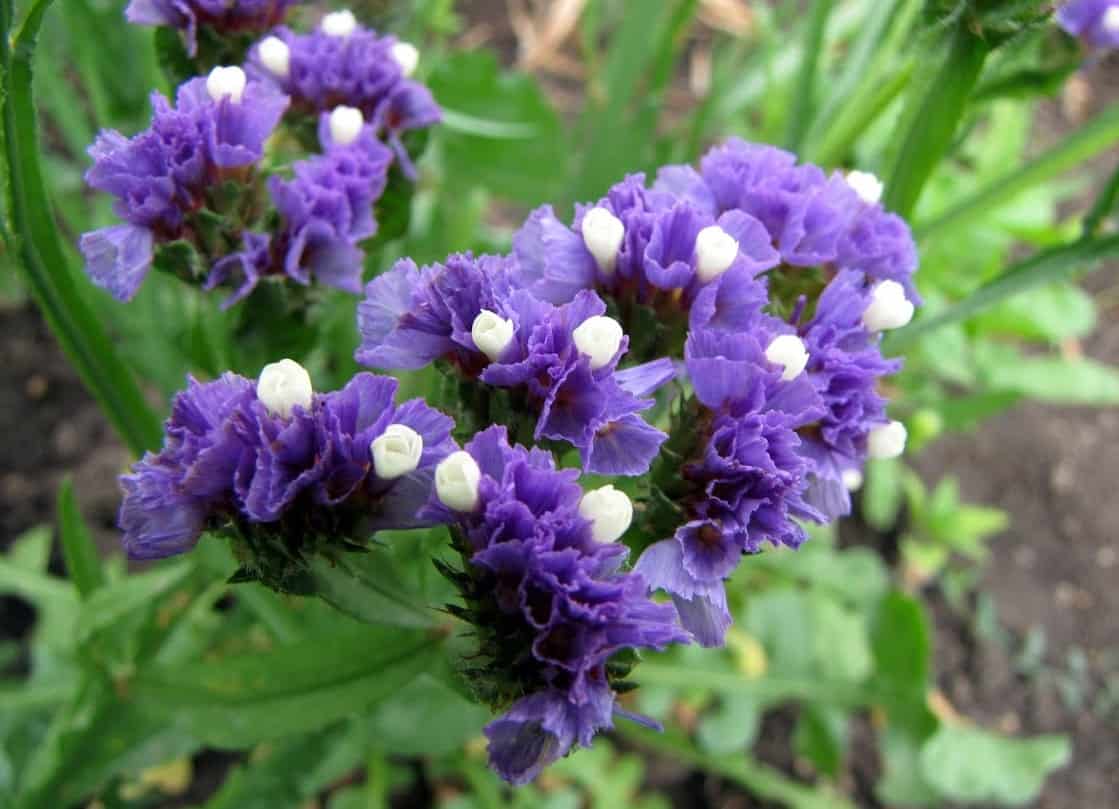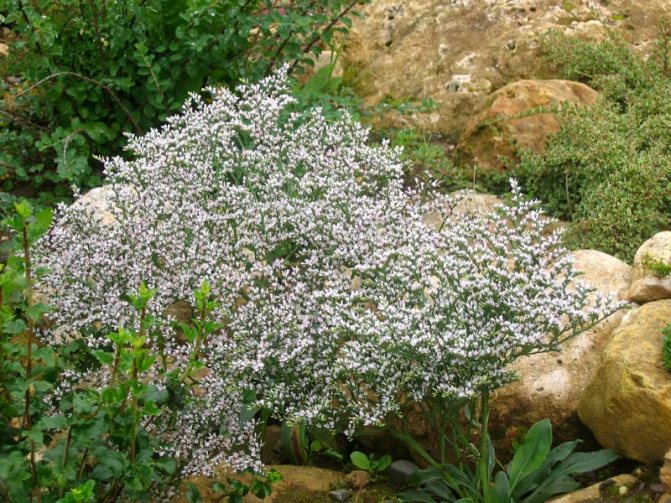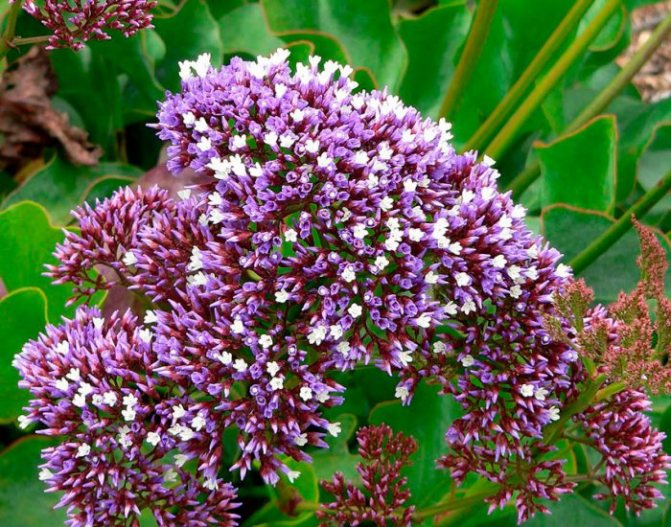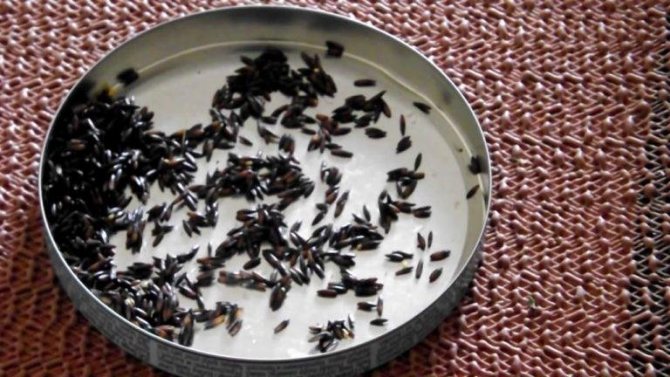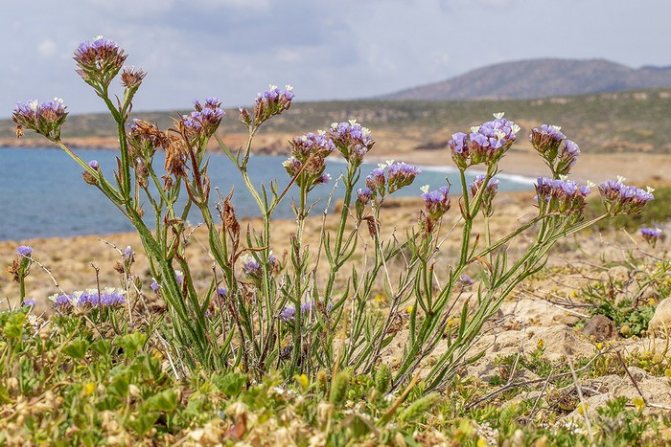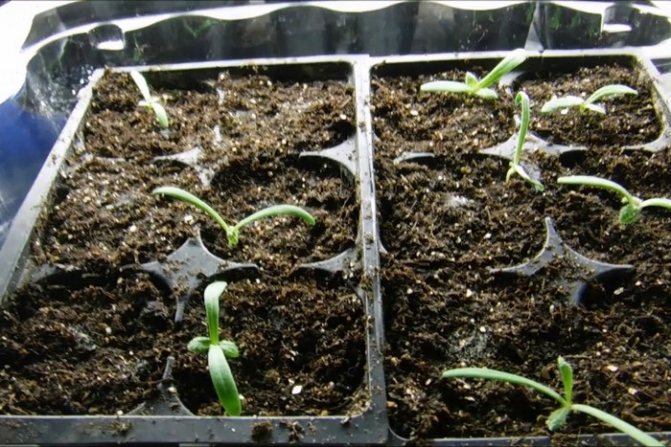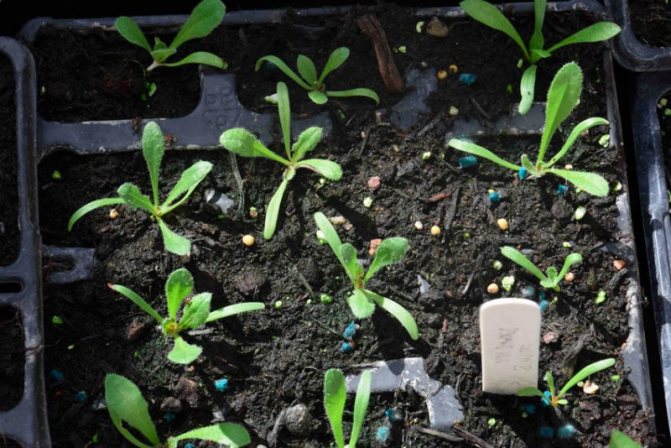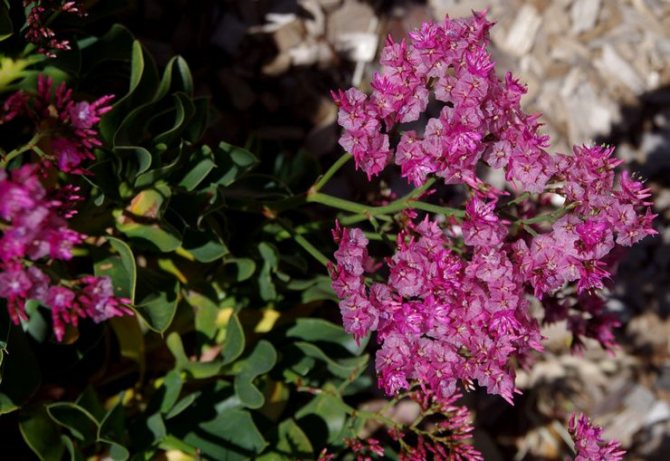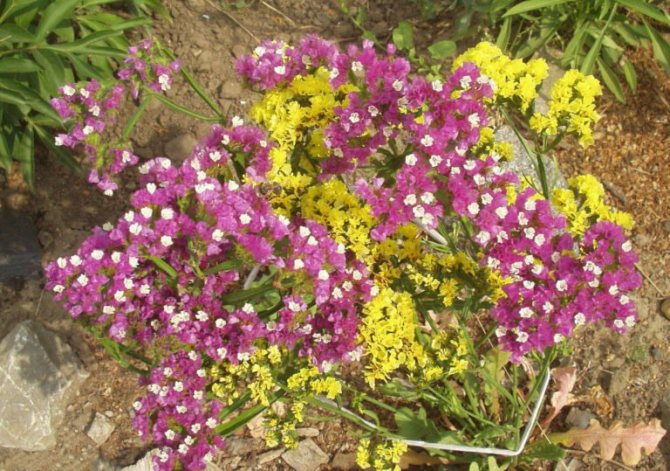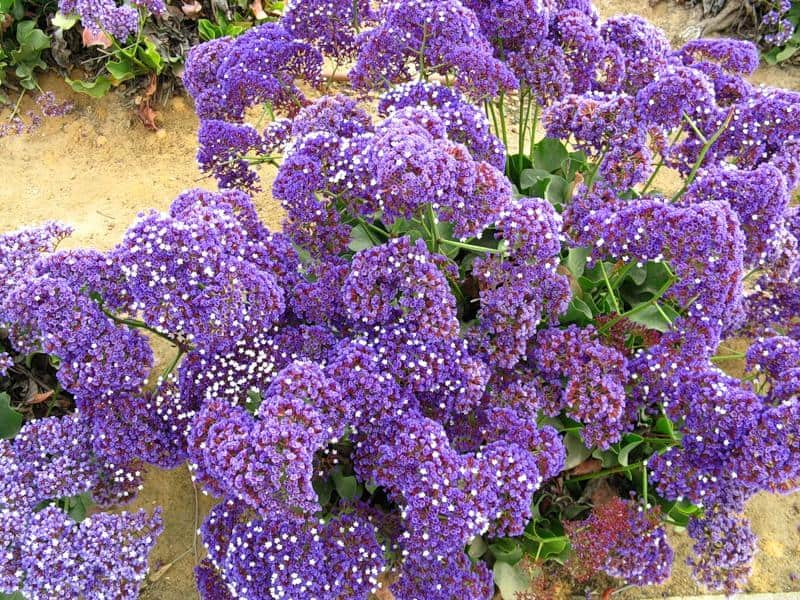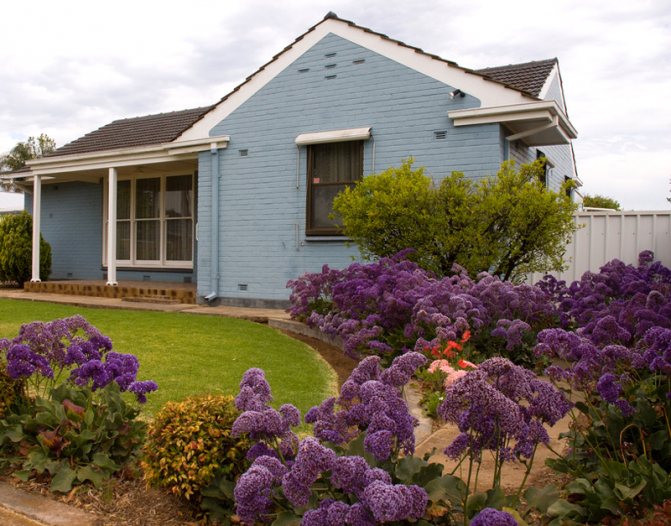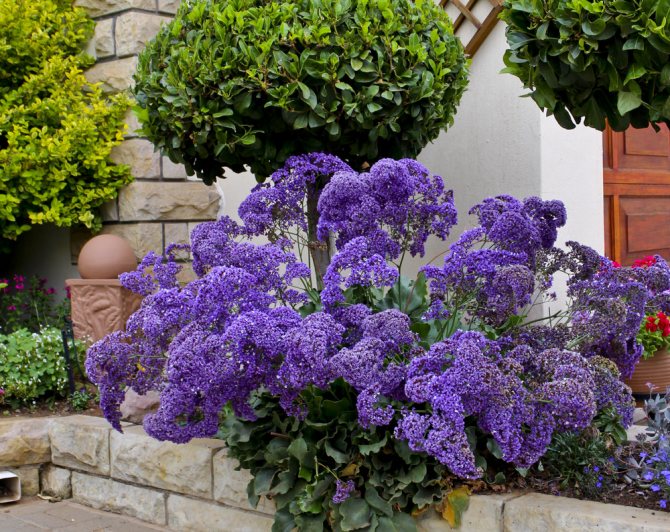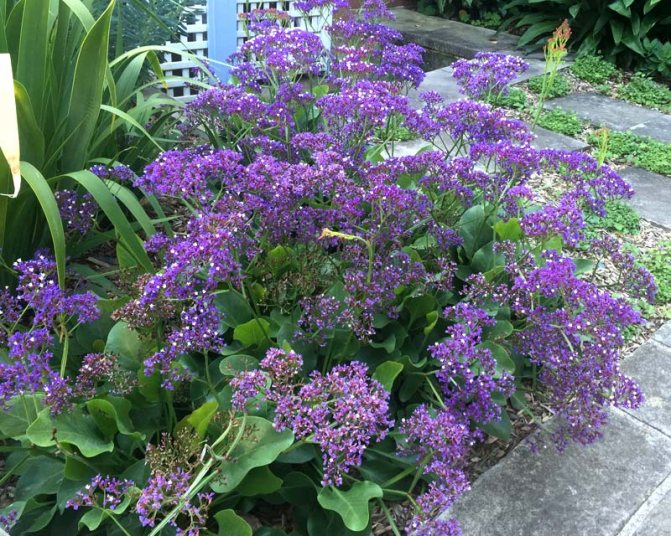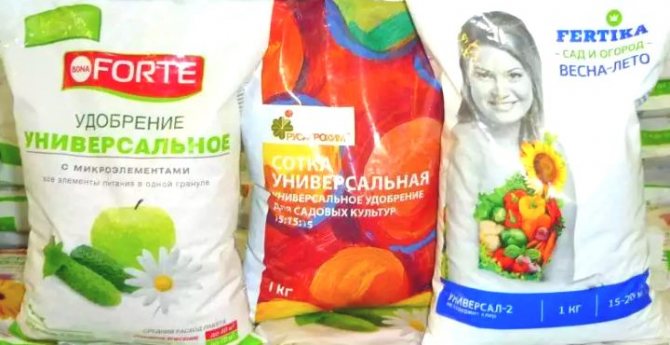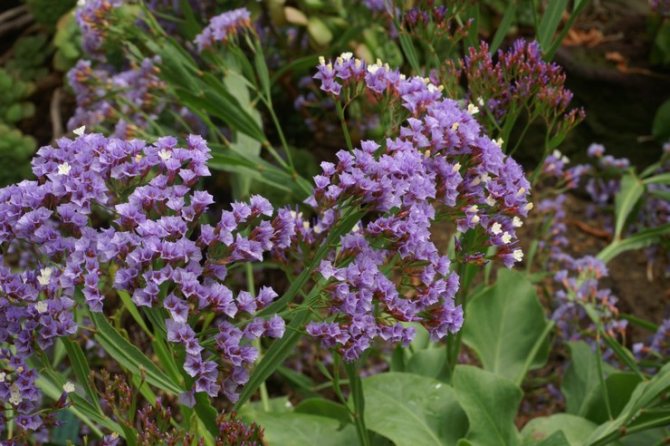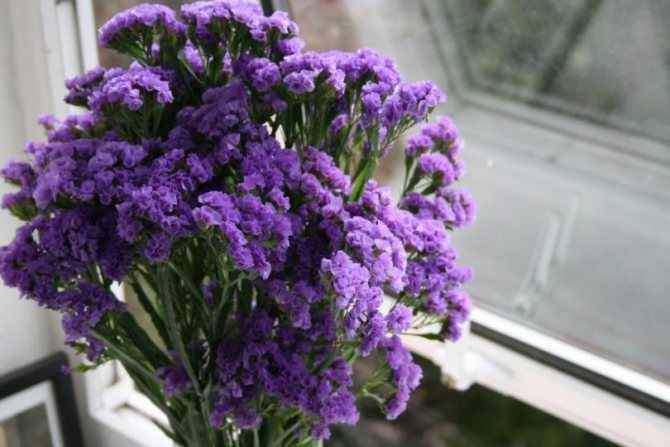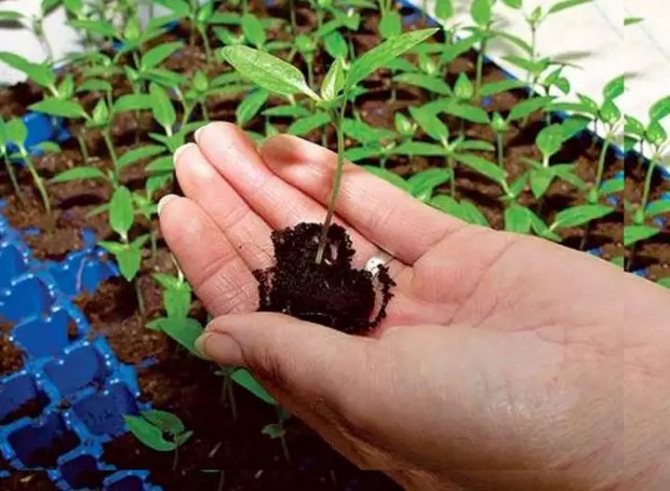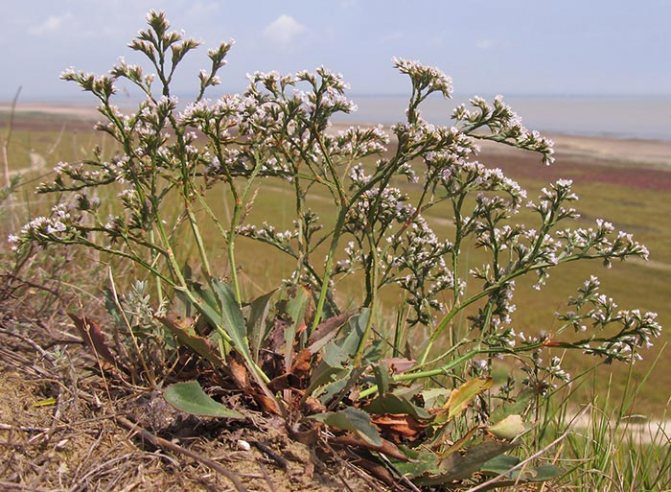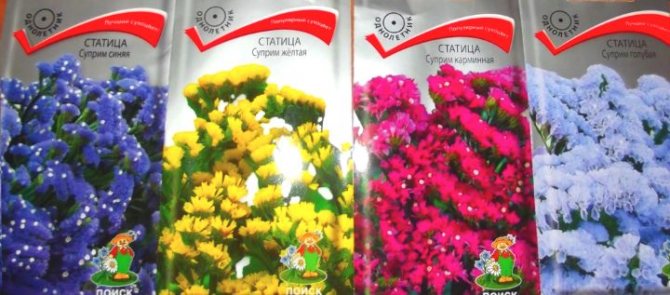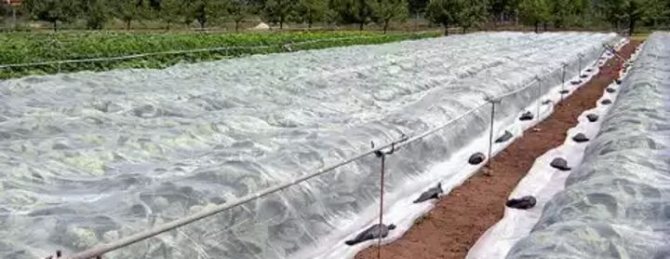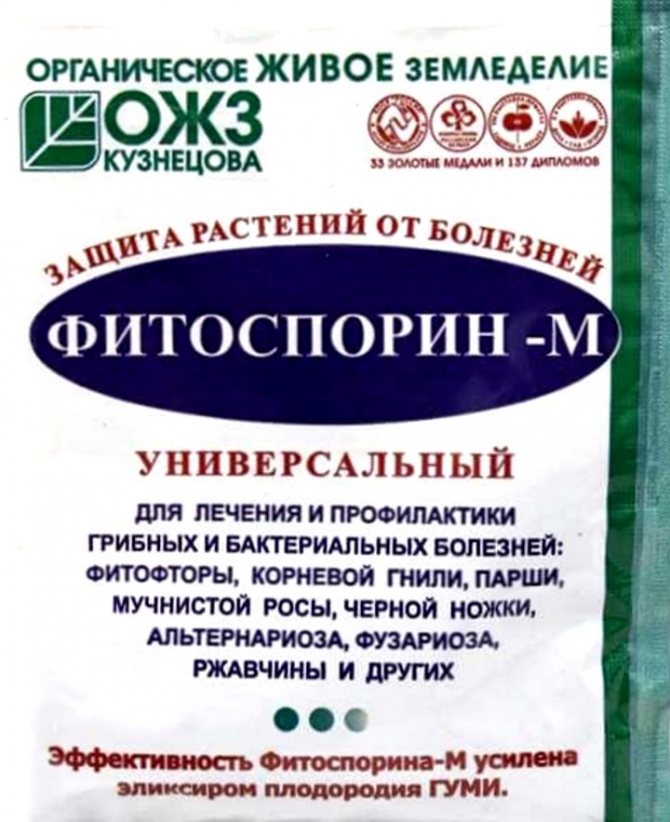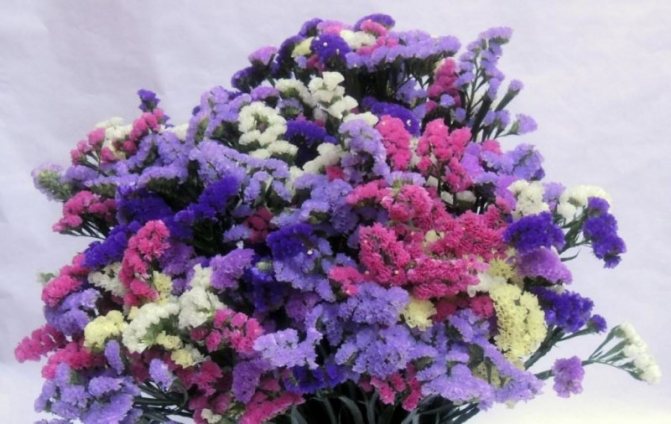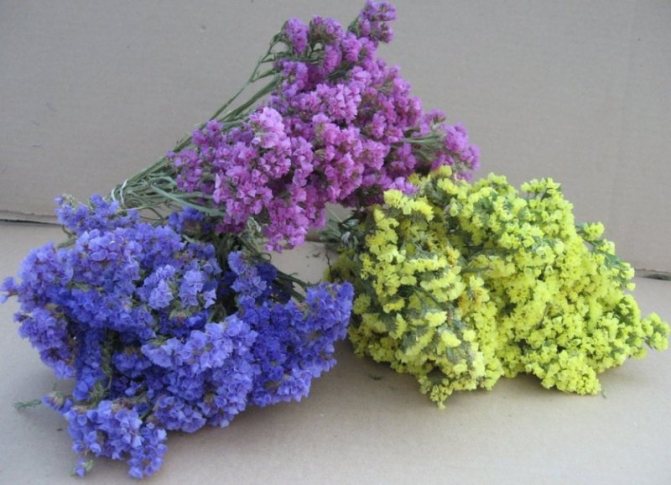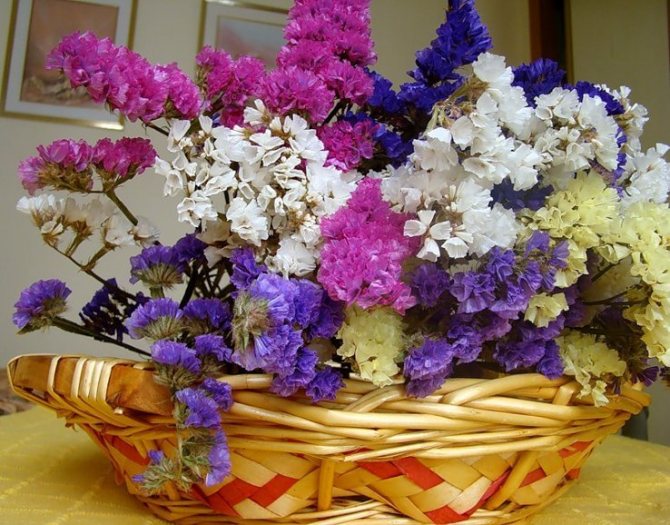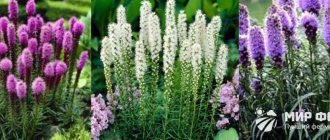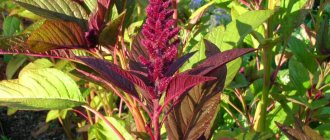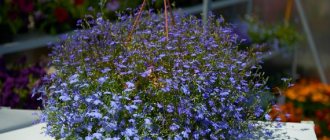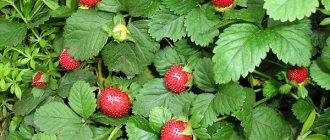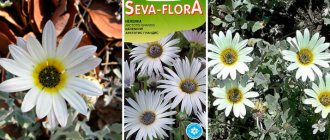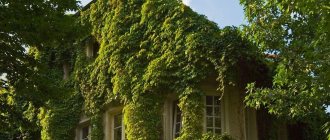A thick cap of bright inflorescences-clouds, as if hovering over delicate greenery, is a kermek, a longed-for dream of many gardeners. The multi-colored handsome man does not look like other flowers growing in our gardens and stands out for his original appearance. More recently, only the most sophisticated flower growers knew about this amazing representative of the kingdom of Flora, but recently Kermek has gained unprecedented popularity.
It should be noted that the plant is not only beautiful, but also has an agreeable character. Many species are perennials, that is, they do not need to be planted every year. In addition, kermek, for the most part, is frost-resistant and easily withstands the winters of central Russia.
The unusual name of the flower has Turkic roots. However, this flowering plant has other names, such as limonium, derived from the Greek word for meadow or lawn. In our country, kermek is often called statice or statice, and abroad - sea lavender or marsh rosemary.
Limonium is not only beautiful, it has beneficial properties that were known in ancient times:
- Some types are used to obtain multi-colored dyes used in leather and carpet production.
- Kermek root contains tannin, which is used in leather tanning.
- Limonium also has medicinal properties. In folk medicine, the flower is recognized as an effective wound healing and hemostatic agent.
But, of course, the most important purpose of limonium is to decorate gardens and delight the eye with bright, airy flowers.
From the point of view of botany, Kermek (Lat. Limonium) is a numerous genus, which is part of the Lead or Plumbagaceae family (Lat. Plumbaginaceae), and its closest relatives, known in ornamental floriculture, are Lead, Armeria and Goniolimon. These are herbaceous, less often shrubby, perennial or biennial plants, the maximum height of which in the wild can reach 2 meters. Simple whole or lobed leaves, as a rule, are collected in a dense basal rosette, and small flowers in dense spikelets, which, in turn, are collected in complex corymbose or paniculate inflorescences. The color of the petals varies, depending on the variety, from white and yellow to deep purple. And the most common shades of flowers are lilac and lilac.
The homeland of Kermek is considered to be the Mediterranean and Central Asia, although at present the plant is widely spread throughout the globe, including Russia. Moreover, some species are found even in regions with a harsh climate: in Siberia and Altai.
According to various sources, from 150 to 360 species belong to the genus, and at least 30 are used as decorative ones.
[!] A widespread ornamental perennial - the Tatar Kermek, previously belonging to the genus of the same name, is isolated as a separate genus of goniolimons.
Recently, interest in culture has grown markedly, new forms and varieties have appeared, and designers willingly include kermek in landscape compositions.
Content
- Description
- Growing statice from seeds Sowing
- Seedling care
- When to plant
- Growing
- Statica Suvorov (Limonium suworowii)
Diseases and pests
Unfortunately, like most garden plants, the statice is attacked by harmful insects and affected by various diseases.
If the rainy season is long or improper watering, then the plant can get sick with botrytis. You can get rid of this disease only with the help of careful treatment with a solution of fungicides. To prevent the infection from returning, it is necessary to follow the rules for watering the statice.
With the appearance of various mold and rot, it is necessary to immediately treat the plant with a solution of products with a high sulfur content.
As for pests, they very rarely attack the plant. If you follow all the rules for growing and caring for the statice, then no diseases and pests will be scary.
Planting and caring for the statice
- Bloom: from July to frost.
- Landing: sowing seeds for seedlings - in late February or early March, planting seedlings in open ground - in late May or early June.
- Lighting: bright sunlight.
- The soil: drained, sandy loam or loamy, slightly alkaline or neutral reaction.
- Watering: infrequent and moderate: a sign of the need for moisture is the loss of turgor by the leaves.
- Top dressing: optional, but when grown in poor soil, it is better to feed the plant with a solution of complex mineral fertilizer a week after planting the seedlings in the garden, and after another 2-4 weeks, you can add a second top dressing. Since September, the site has not been fertilized. If you grow statice in fertile soil, there is no need for additional fertilization.
- Reproduction: seed.
- Pests: practically not affected.
- Diseases: botrytis, white mold.
Read more about growing statitsi below.
Application in traditional medicine
In official medicine, Kermek is registered only on the territory of Kazakhstan, where various medicines have been developed and used on the basis of its components.
In modern alternative medicine, limonium is prescribed as a tincture, decoction, or dry powder for:
- internal bleeding and hemoptysis;
- chronic hemorrhoids;
- violation of salt metabolism;
- gynecological problems: fibroids of the uterus, uterine bleeding, excessive or too painful monthly bleeding;
- acute intestinal diseases: poisoning, dysentery, high acidity, catarrh and stomach prolapse, inflammation of the small intestine, enterocolitis.
An enveloping and anti-inflammatory effect on the walls of the stomach is also exerted by an infusion of narrow-leaved syrup, better known as willow tea.
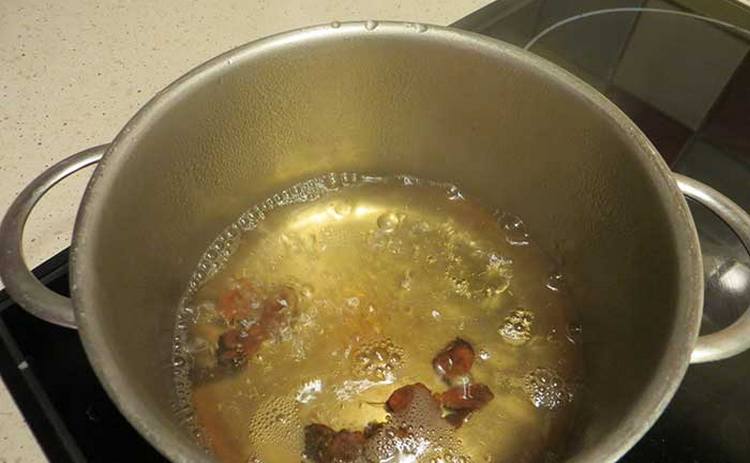
Additionally:
- the broth has worked well in the treatment of staphylococcal infections;
- the broth helps with angina, pharyngitis, toothache in the form of rinsing;
- externally apply dry powder or compresses with a concentrated decoction for eczema, for washing wounds as a wound healing property;
- as part of herbal tea helps to get rid of some forms of infertility.
Flowers statice (kermek) - description
Kermek Tatar is a perennial herb or shrub with large, more often basal leaves, forming a large rosette, and straight leafless, but densely pubescent stems from 30 to 90 cm high. salmon, pink, crimson or purple are collected in spikelets that form scutes or panicles. Flowering statice lasts from July until frost, and the seeds do not lose their germination for 4-5 years.
Tips for caring for alstroemeria - time-tested
The Kermek plant is unpretentious, like a weed, but it won popularity among gardeners not only for this quality. The advantage of statice is its high resistance to diseases and pests, moisture deficit and other unfavorable external factors. Kermek flowers are indifferent to the composition of the soil, practically do not require maintenance and do not particularly need additional feeding. The plant does not tolerate only stagnant water in the roots, shade and frost, therefore, in the middle lane, perennial kermek is grown in an annual culture.
- Japanese quince: planting and care, description of varieties
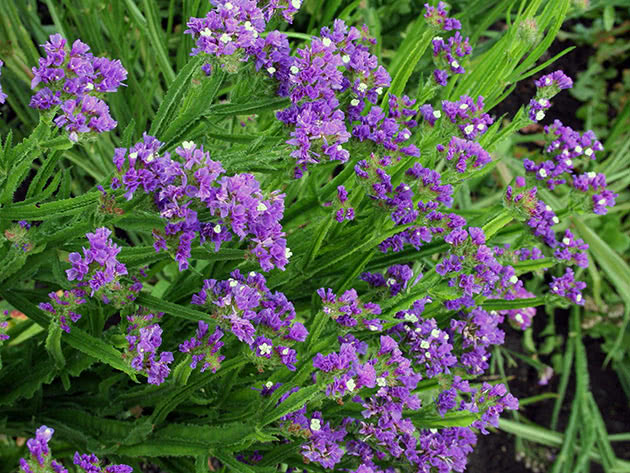

In the photo: Kermek in the garden
The perennial Kermek reproduces well by self-seeding, blooms profusely, its fringed panicles stand for a long time in the cut, so florists often use statice to create compositions and bouquets, including dry ones.
Kermek bouquets
Kermek is often used as a raw material for creating dry bouquets that can retain their decorative effect for several years.
Photo of bouquets from Kermek
For those who intend to create a bouquet with their own hands, the kermek will need to be cut off immediately after the buds open. The branch is suspended in a well-ventilated room and the final moment of shrinkage of the stems is awaited.
It was noticed that dry flowers do not crumble and do not lose their color.
Even if there is no intention to cut the plant, it will perfectly serve as a garden decoration in its usual form. It is only important to remember about the dependence of kermek on sunlight.
Marigolds, calendula, rudbeckia, aster of any color, graviliate, sage, etc. will become pleasant neighbors for limonium.
Growing statice from seeds
Sowing statice for seedlings
Before sowing seedlings, kermek seeds enclosed in a dense shell should be scarified: walk along their noses with sandpaper or a coarse file, then soak them for several hours in Epin's solution or hold them for 2-3 days in wet sawdust.
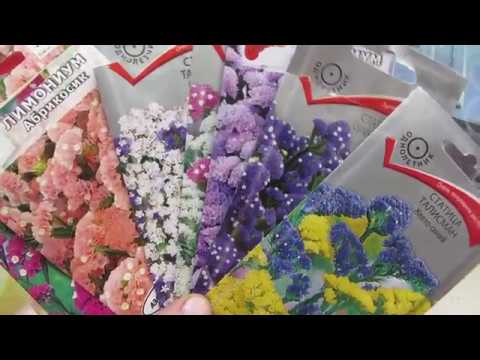

Sow statice for seedlings in February or early March, laying out one seed at a time in humus or peat pots with a moist, loose, sterile substrate. Sprinkle the seeds on top with a thin layer of soil, cover the crops with glass and keep them at a temperature of 16-21 ºC. Under such conditions, seedlings may appear within 10-18 days. If you are in a hurry, use the bottom heating system and the seeds will germinate earlier.
Statice seedling care
Growing kermek from seeds involves daily airing of the crops, and after the seedlings appear, it is necessary to regularly water the plants and carefully loosen the soil around them. If you grow seedlings in a box, container or in small cassettes, at the stage of development in seedlings of two true leaves, they are picked into separate cups or pots.
Do not tighten with a dive: the statice has a too voluminous and rapidly developing root system with a long taproot.
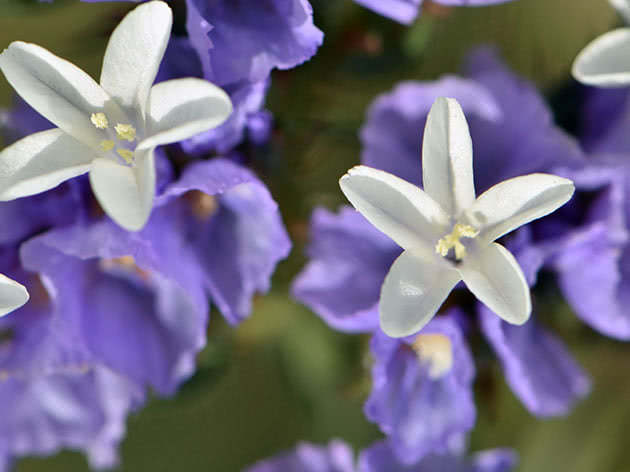

In the photo: Large statice flowers
In mid-April, start hardening procedures: take out containers with seedlings daily to the open air, gradually increasing the duration of the walk. When a statice from seeds can spend the whole day outside the apartment, it can be planted in the garden.
Using
Statice has medicinal properties and is often used as an ingredient in traditional medicine recipes. Most often, the root of the plant is used as a medicinal raw material, sometimes flowers.
Kermek has anti-inflammatory, astringent and hemostatic effects. The effectiveness of drugs based on it has been proven by clinical studies. It is used in the therapeutic treatment of stomach catarrh, dysentery, throat diseases. It also helps with painful periods and some other problems.
Gardeners and landscape designers love this plant for its rich color palette and ease of maintenance.
Florists use kermek to decorate bouquets, as well as deadwood compositions.
Planting statice in open ground
When to plant statice in the ground
Choose a sunny area for the plant, since the shadow is destructive for it. The site can be open and unprotected from the wind, which the plant is not afraid of. The soil is preferable well-drained, loamy or sandy, neutral or slightly alkaline, although by and large any soil is suitable for kermek. Seedlings are planted in the garden no earlier than June, since there may still be return frosts in May.
How to grow gypsophila - from planting to collecting seeds
How to plant statice in the garden
Due to the fact that the seedlings of the statice do not tolerate transplanting, the holes must be made so deep that the entire contents of the glass fit in them, that is, the root system with an earthen clod. The plastic cups are carefully cut and removed, the plant is placed in a hole, sealed and watered with salted water (1 tablespoon of salt per 10 liters of water). The distance between the holes, depending on the grade of kermek, is maintained within 25-40 cm.
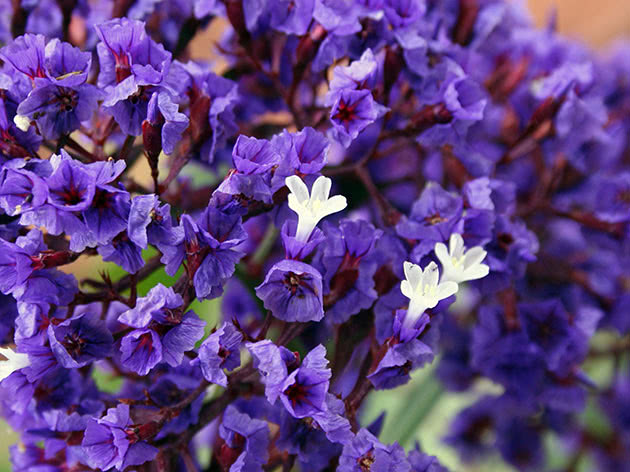

Photo: Flowering statice in the garden
Beneficial features
Traditional healers most often use kermek to treat "stomach diseases". Its beneficial properties are due to the presence of components:
- Tannins can be astringent but can also irritate the stomach. They "bind" bacteria to the intestinal mucosa, thereby depriving them of the ability to feed and reproduce. In addition, they reduce the secretion of the pancreas, reduce inflammation from the stomach walls and remove toxins from the body.
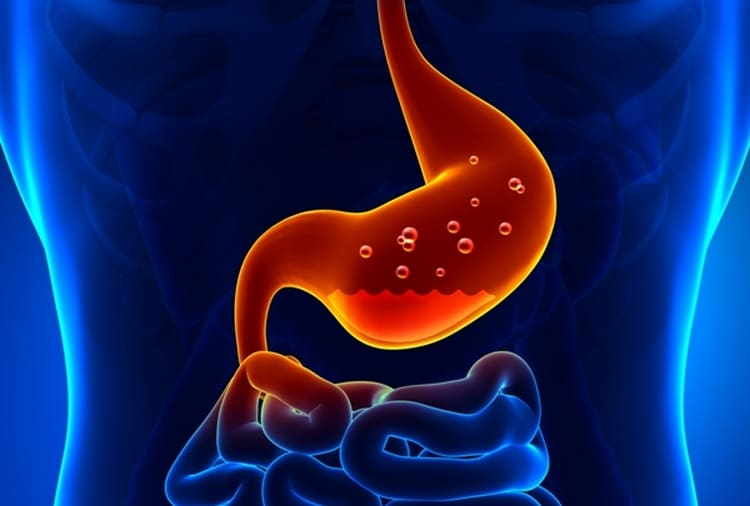

- Gallic and phenol carboxylic acids were found in the composition of tanning roots and bark of various plants and have long been used by pharmacists. Their medicinal properties are manifested in the treatment of diseases of the heart, liver (hepatitis B), internal bleeding and diabetes mellitus.
- Catechins and flavonoids in rhizomes relieve spasm from intestinal smooth muscles, thereby relieving pain in case of poisoning or illness. In addition, they provoke a rush of blood to the internal organs for better blood supply and have an astringent effect.


Such a rich chemical composition of medicinal kermek determines its effect:
- astringent;
- anti-inflammatory;
- antimicrobial;
- hemostatic;
- capillary strengthening;
- increasing pressure.
Kermek is used as a monoproduct and is a part of medicinal preparations and teas.
Caring for the statice
Growing statice in the garden
A statice in the open field will grow without your participation. What is caring for her? In rare watering and loosening the soil around the bushes with the simultaneous removal of weeds. Watering is needed only when the leaves begin to lose turgor. If the summer will be with rains, you may not water the plant at all, but it is still advisable to loosen the soil from time to time. In a dry summer, the kermek is watered twice a season, and one of these waterings is carried out with salted water, dissolving 7 teaspoons of salt in a bucket of water.
Watering is carried out at the root, in the late afternoon, using water that has been settled and heated during the day.
Growing a statice does not require mandatory feeding, but if it grows in poor soil, it is better to make them all the same. It is advisable to carry out the first feeding with a solution of a complex mineral fertilizer a week after planting the seedlings in the ground, and then, depending on the fertility of the soil, it is fertilized once every 2-4 weeks. Since September, feeding is stopped. Statice growing in fertile soil need not be fed.
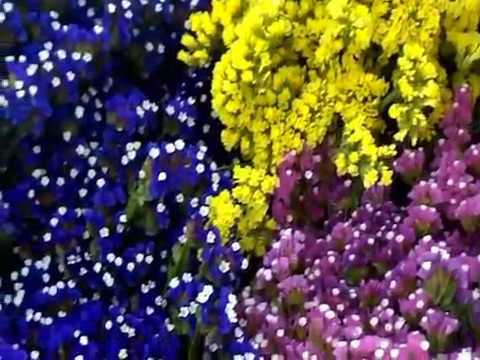

Statice pests and diseases
In a rainy summer or as a result of frequent and abundant watering, a statice in a flower bed can get sick with botrytis - rot of vegetable crops, which can be eliminated by treating the bushes with a fungicide solution. Sometimes white mold appears on the plant - a sign of powdery mildew disease.In this case, you should resort to spraying the kermek with a sulfur-containing preparation. In general, the statice is extremely rarely damaged by pests and diseases, and with good care this does not happen at all.
- Bupledushka: useful properties and contraindications, photo
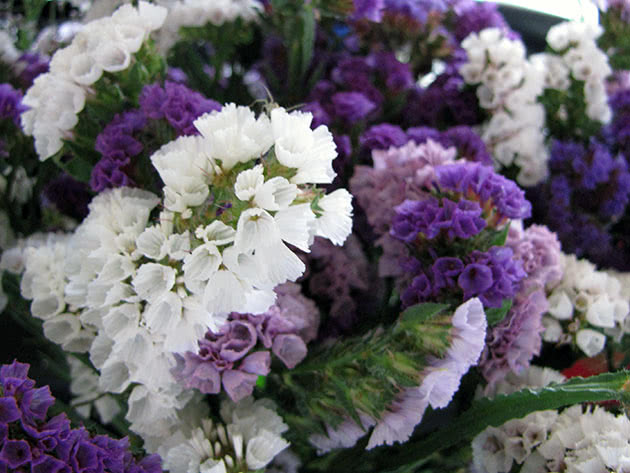

In the photo: Kermek of different flowers in a bouquet
Planting a statice and caring for it is within the power of even a novice gardener, and if you manage to grow kermek seedlings, then no difficulties are expected in the future.
Statice after flowering
Some statice species can withstand temperatures as low as -30 ºC, but these plants require some preparation for winter. When the winter-hardy kermek begins to turn yellow and dry out, cut off its leaves and stems at ground level, then cover it with straw, needles, leaves or brushwood, and lay a non-woven covering material on top of them, which will protect the kermek not so much in winter from frost as in spring from melt water. The material needs to be pressed to the ground with something.
Caring for lilies in the garden - everything you need to know
Dry bouquets can be made from cut statice inflorescences. The inflorescences are cut off before they begin to dry and fade in the sun. After cutting, they are kept upside down and suspended in a well-ventilated, dim room until they are completely dry. Dried kermek flowers retain the brightness of their cups for over a year.
Plant application
Kermek Tatar is most often used to create rockeries, mixbordeers, alpine hills, in all these variants the plant shows itself amazingly. A feature of this plant is that it becomes as beautiful as possible when dry. Kermek flowers are dried when the largest number of flowers are open. The drying process is carried out in a shady room. To properly dry a flower, you need to put it in water, it is better not to pour a lot of it. The plant reveals the maximum amount of flowers, and at the same time slowly fades. Seeds during this period can be collected in order to plant new plants next year.
Types and varieties of statice (kermek)
Most often, the following types of statice are grown in culture:
Statica Suvorov (Limonium suworowii)
Or plantain flower Suvorov (Psylliostachys suworowii) - a species about 60 cm high with long spike-shaped inflorescences of pink or pink-lilac flowers.


In the photo: Statitsa Suvorov (Limonium suworowii)
Statice Gmelin (Limonium gmelinii)
It is a winter-hardy perennial up to 50 cm high with blue-violet flowers, collected in a large corymbose inflorescence:
Kermek broadleaf (Limonium latifolium)
The plant is 60-75 cm high with large basal leaves and blue-violet flowers, collected in a spreading paniculate inflorescence.
The best varieties of this type are:
- Violet - a plant with dense purple inflorescences;
- Blue Cloud - variety with lavender flowers.


In the photo: Kermek broadleaf (Limonium latifolium)
Kermek Perez (Limonium perezii)
A species common in the Canary Islands, where it was introduced into the culture. Statice Perez is a plant with shoots up to 60 cm in height and decorative large purple inflorescences, which florists willingly use for both fresh and dry compositions.
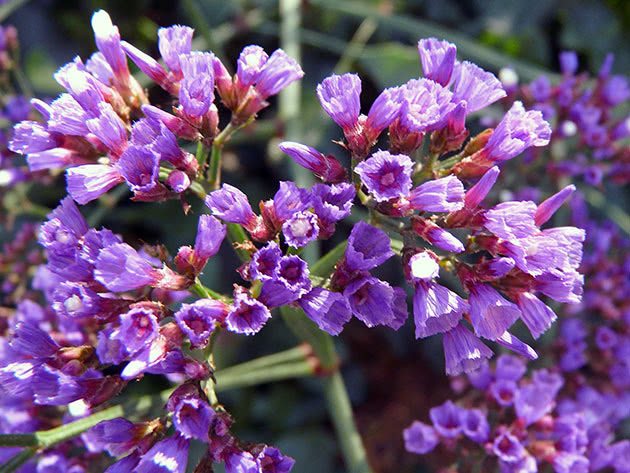

Photo: Kermek Perez (Limonium perezii)
Kermek Bondwelli (Limonium bonduellii)
Originally from North Africa. It is a perennial up to 90 cm high with delicate stems without crestal outgrowths and loose inflorescences, consisting of large yellow or white flowers. In culture, the species has been since 1859. Statice Bondwell does not have varieties, but its seeds are often included in flower mixtures.
Chinese Kermek (Limonium sinensis)
Introduced into culture relatively recently. In a temperate climate, this perennial is cultivated as an annual plant with a basal rosette of glossy dense leaves, from the center of which numerous thin peduncles rise from 50 to 70 cm in height, bearing openwork inflorescences of small yellow flowers surrounded by cream or white funnel-shaped perianths.
The best varieties of Chinese statice:
- Confetti - a plant with a height of 45-50 cm with graceful white-cream inflorescences;
- Elegant - variety up to 70 cm high with the same creamy white flowers.
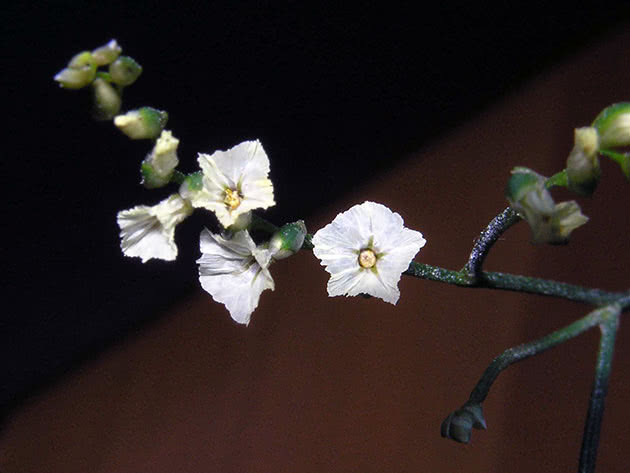

In the photo: Chinese Kermek (Limonium sinensis)
Variety of species
The most common types of Tatar Kermek are:
- Kermek notched - this plant is annual. Its height can reach eighty centimeters. The flowers are titmouse and are in corymbose inflorescences.
- Kermek Bonduela is a perennial plant. Its height is up to ninety centimeters. This species is grown as an annual plant. Bonduelle's stems are very thin, and the flowers can be white or yellow, they are quite large in size.
- Kermek Bunge is a perennial plant. Its height ranges from thirty to sixty centimeters. The root system is very thin, the stems branch shortly, the flowers are purple and are collected in spike-shaped inflorescences.
- Kermek Caspian - this plant is also perennial. Its height is fifty centimeters. The flowers have a delicate purple color, they are collected in thyroid-shaped inflorescences.
- Chinese Kermek - this plant is perennial, it grows up to seventy centimeters up. If kermek grows in a temperate climatic zone, then it is grown as an annual. The flowers of the plant are small, they are yellow and collected in openwork inflorescences.
- Kermek tree-like is a rather tall shrub, the height of which exceeds one meter, its stems are woody, the leaves are leathery, and the flowers are deep pink.
- Kermek Gmelin - this plant is also perennial, its height is not large, about thirty to forty centimeters. The leaves are large and the flower heads are dense. They bloom in a delicate purple color, the flowers are collected in corymbose inflorescences. This type of kermek also carries medicinal properties.
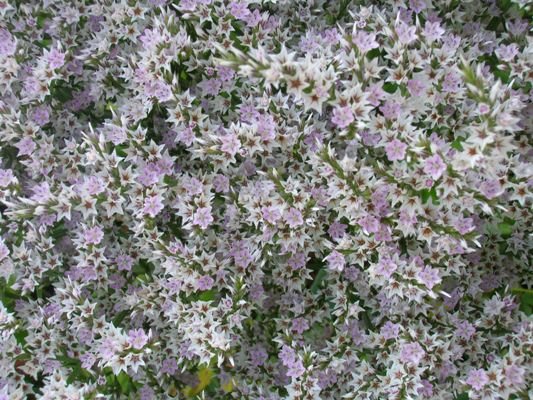

Seed preparation and sowing
Statice seeds are slightly oblong in shape, small in size and pointed at the ends. Due to the fact that the seeds are in a special shell, before planting, they must be filled with warm water. This will make the shell softer.
It is important to note that flowers are not very fond of transplanting. Therefore, the most correct thing is not to sow seeds in one container. It is better to sow one seed in each pot, since in the future the seedlings will develop, and its root system will become very voluminous.
The seeding process is very simple. Seeds are laid out on the surface of the prepared soil, and then they must be sprinkled on top with a small layer of soil. The containers should be placed in a greenhouse, or you can simply pull the film on top. Landing is easy. The main thing is to try to provide high-quality soil and warmth. Thus, the seedlings will sprout as quickly as possible. The first shoots may appear within 10 days. If you do not provide comfortable growing conditions, the emergence of seedlings can be expected up to 20 days.
In addition, experienced gardeners know additional tricks to help germinate seeds with a high germination rate quickly. Seedlings will quickly appear if you lightly rub the seeds with sandpaper in the area of the points, and then soak them in a special stimulating solution. You can take sawdust, moisten it and place the seeds there for several days. To speed up the process will help the daily heating of containers with planted seeds under a regular lamp for 4 hours. As soon as the seedlings sprout, do not postpone the picking process. There is no need to wait for the formation of two pairs of full leaves. The pick should be started immediately.
You can sow seeds outdoors. This is best done in April. Before that, you need to prepare the ground. To do this, remove all weeds from the soil, dig well, and then loosen the soil. After that, the surface is carefully leveled. Planting is carried out in grooves 2 cm deep. The distance between the seeds should be at least 15 cm. A sand mixture is poured on top. After that, you need to water the soil, trying not to erode the soil.
Limonium can also be propagated by cuttings rather than seeds. This is possible if there is already an adult plant from which the cutting can be separated.
Harvesting and drying
In order for cut flowers to last for a long time and retain their spectacular decorative qualities, they must be cut correctly. The same rules apply to cutting for drying. This should be done at a time when the inflorescences are still fresh and have not burned out under the influence of the sun.
During drying, the flowers must be turned over. The room where plants are dried, should be dark and well ventilated... The direct rays of the sun should not be allowed into these rooms. Otherwise, their effect will have a negative effect on the color of the flowers.
Growing methods
Growing a perennial statice from seeds has its own characteristics. The planting material must be fresh, otherwise it may not sprout at all.
Before planting, for quick germination, you can sparge the seeds. For this, an aquarium compressor is used.
- Add a tablet of microelements or a few drops to a liter jar of water.
- Place the seeds in a cloth and tie them tightly.
- We put the bag of seeds in a jar of water and turn on the compressor.
For 12 hours, we process the seeds with air bubbles from a running compressor. After this procedure, seed germination increases.


Statice can be grown through seedlings
Growing a perennial statice from seeds at home is impractical. But if such a need arises, then the landing pattern will be as follows:
- You need to sow seeds in late April - early May. Before the emergence of shoots, keep the planting container in a warm place with a temperature of +20 degrees. When seedlings appear, the container with seeds is transferred to a colder room. For example, in an unheated greenhouse.
- At night, seedlings are covered with a film. It is taken into account that perennial statice seedlings have a taproot and do not tolerate transplanting well, therefore we place each seed in a separate container.
- At the end of May, the grown seedlings are planted in open ground, carefully transferring the young plant into the planting hole, previously watered with water.
We carry out growing seedlings of an annual statice from seeds at an early date. Growing a flower with seedlings is necessary in order to get the earliest flowering.
It should be borne in mind that the statice is growing rapidly and it is important to prevent it from stretching. Overgrown seedlings are more difficult to plant, they take a long time to take root.To avoid problems, it is necessary to plant seeds not earlier than the end of March.
It is important to know that the statice does not tolerate a pick and it is better to immediately plant it in seedling cassettes or separate cups with good drainage holes.
Statice does not need fertile soil
The soil is prepared from a mixture of sand and ready-made peat substrate, which can be bought at the store, in a 1: 1 ratio. Do not use humus or compost, but you can add a little vermicompost (commercially available). Vermicompost is added at the rate of 0.5 kg per 10 kg of the mixture... Remember that statice does not need soils rich in organic matter
.
The depth of planting seeds in the soil is approximately equal to its two heights. For sowing, you need to make a small groove or just press the seed with your finger to the ground, pressing it a little, and sprinkle it with yellow river sand on top. The soil must be well moistened before sowing. Water the seedlings as needed, avoiding waterlogging.
Until the moment of germination, the temperature is maintained at +20 degrees, after the emergence of shoots, it is reduced to +15 degrees.
For the prevention of diseases, it is good to use according to the instructions. With this tool, we shed the soil before sowing seeds and, if a disease is suspected, we also apply it to the seedlings according to the instructions.
If the seedlings grow poorly, watering is carried out with Fertika - a complex fertilizer with microelements: 1 gram of the drug per 1 liter of water.
Plants need hardening before planting.
If the plants are elongated, retardants (growth retardants) are used, for example. In the final stage of cultivation, it can be used to accelerate flowering. Before planting seedlings in open ground, they are hardened by exposing them for a day from the greenhouse.
Seedlings are planted when the threat of night frosts has passed. Before planting, the statice can be treated with Epin for better survival and relieving transplant stress. When to plant seedlings in open ground, the weather will tell you.
Statice in floristry
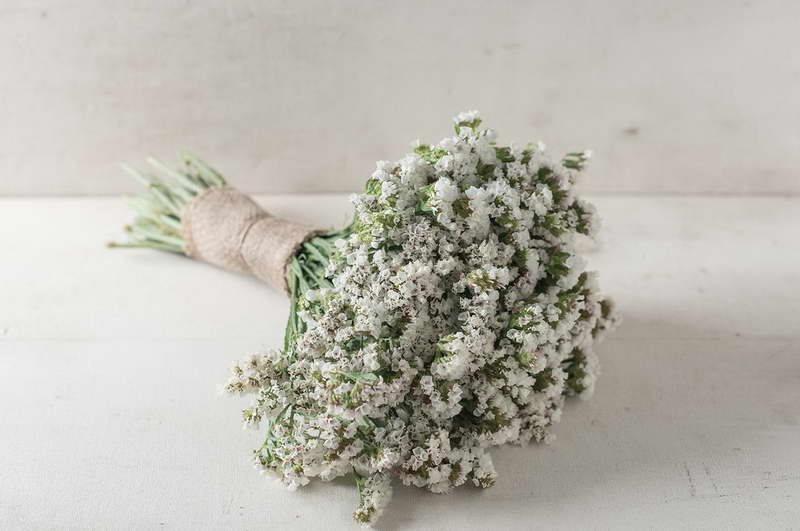

Bridal bouquet from statice limonium photo
A win-win option for creating a bouquet: snow-white roses, chrysanthemums or ranunculus framed by a lilac haze of statice inflorescences.
You can create a floral arrangement in pale green, purple tones, combining statice with freesias, roses, lisianthus, agapanthus and eucalyptus.
Bright bouquets are obtained in combination with lavender, colored chrysanthemums, matthiola, snapdragon, tulips, oregano, dried scabiosa seed pods, ornamental onions will be an excellent addition.
Organization of wintering
Statice is a frost-resistant representative of the genus
, it can withstand temperatures as low as minus 30 degrees, but planting must be carefully prepared for such severe tests. In autumn, as soon as the leaves begin to turn yellow and dry, it is necessary to cut the plant at the root and cover it with straw, leaves, brushwood and cover it with non-woven material on top. Such a blanket will protect not only from frost, but also from thawed spring waters.
If you are fond of floristry, do not throw away the cut inflorescences, but tie them in a bunch and hang them to dry in a ventilated room. They will make wonderful compositions. Dried flowers harvested in this way will remain bright and attractive for the whole year.
Statice is a genus of perennial grasses or shrubs belonging to the Pig family. One of the names of this plant literally translates as "hardy". The statitsa received such a characteristic quite deservedly. These flowers are able to take root in any soil, tolerate drought and other unfavorable conditions, they are resistant to diseases and are almost never affected by pests. It is for this plant that it is valued more and more as a garden culture. Let's talk about planting a statice and leaving behind it in the ground. This is what "Popularly about health" will tell you about, but first, let's get to know the culture by looking at the statics in the photo.
Statice in the photo
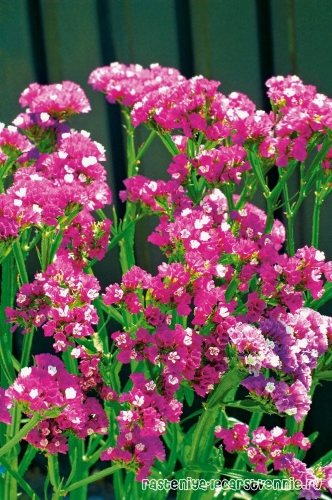

In the photo statice flowers - see how unusual they are. Outwardly, the plant is a dense lush rosette of leaves, over which the shoots, covered with soft nap, rise. They are completely devoid of leaves, and their length can be different, depending on the type of statice, from 30 centimeters to a meter.
Peduncles are crowned with spike-shaped inflorescences, which, in turn, are collected in scutes. Flowers in different statice species can vary in color and be purple, orange, pink, purple or blue. These flowers are good for making beautiful dry bouquets that can retain their beauty for a very long time.
Gardeners loved this culture for its unusual appearance, unpretentiousness and long flowering. In the middle latitudes, it is grown as an annual, although there are already varieties that can withstand our frosts, the main thing is to properly prepare the flowers for wintering, but we will talk about this a little later. And how to properly plant a statice and take care of it, you will learn right now.
Care and landing
Sowing statice in the open air
In regions where it is already warm enough in April, it is quite possible to sow statice in the ground, the main thing is that night frosts do not happen. In this case, flowering may occur later than the desired date.If you want to bring the flowering period closer or live in the middle lane, it is better to resort to the seedling method of growing these flowers. Sowing time - end of March (landing not under the open sky).
Take disposable cups, fill them with a very loose substrate, a sandy-peat mixture with a small inclusion of ordinary garden soil is suitable. The latter is best disinfected by spilling a solution of potassium permanganate in order to destroy fungi and harmful bacteria.
The seeds of the statice take a long time to germinate, so it is worth cutting them down a little with sandpaper and soaking them for a couple of hours in Epin. Then moisten the earthen mixture in cups and dip 2-3 seeds into each of them, deepening by no more than 0.5 cm.If all germinate, the weakest will need to be removed. Germination will take place faster if the air temperature is close to 20 degrees Celsius. Be sure to cover the cups with plastic wrap to maintain normal humidity levels.
Daily airing of greenhouses will avoid the formation of excess condensation and the development of fungus. As soon as you notice tender green sprouts above the soil surface, start teaching the seedlings to do without the film. Monitor the degree of soil moisture, not allowing it to dry out completely. The seedlings need light, but don't leave them in direct sunlight or they will die. When to transfer plantings to the ground?
Landing in the ground
The statice is transferred to the ground at the end of May, and in cold regions at the beginning of June. Decide on a landing site, giving them a space open to the sun's rays. The wind is not terrible for these plants, the composition of the soil also does not matter much. Dig holes as large as the container in which you grew the seedlings. Leave a distance of at least 20 cm between them, and if you have a tall variety of flowers, then up to 40 cm.
The statice does not like transplanting too much, so it is not worth removing its root from the ground. Carefully remove the contents of the cups along with the earthen lump, place in the hole and dig in with soil. Do this with all the seedlings. Experienced gardeners give the following recommendation - water the flowers with slightly salted water. The concentration of salt in a bucket of water is a tablespoon. And now we will tell you what the care of the statice should be in the ground.
Open plant care
This culture grows almost without the participation of a gardener, almost like a weed. It easily tolerates the absence of rainfall, while maintaining an impeccable appearance. She needs watering only occasionally, when the weather is very hot and there has been no rain for a long time. For irrigation, use warm, settled water with a small addition of salt.
It is recommended to remove weeds while the plants are still not strong and to loosen the soil periodically. Feeding flowers are not needed, except that your site has very poor soil. In this case, pamper the plants several times per season with a complex of minerals.
Frost-resistant statice varieties can withstand extreme cold if properly prepared for winter. The shoots that have turned yellow in autumn are cut off completely, the planting is covered with straw, leaves, on top of which a non-woven material is placed.
You can see for yourself that caring for a plant in the open air is simple and enjoyable if you try to grow these wonderful flowers on the site. Their long bloom will be a wonderful decoration for the garden until autumn. And when the cold comes, the cut off part of the plants can be dried and decorated with bright flowers in your house. Dried inflorescences are able to maintain the brightness of colors throughout the year.
Many gardeners are interested in planting and caring in the open field for the article. This is a very beautiful dried flower, also known as the immortelle. It is also called limonium and kermek. Perennial and annual specimens are known.
On the territory of Russia and many European countries, it is quite difficult to grow perennial statice, since under the influence of the continental and cold climate they turn into annuals.They cannot withstand the winter cold, even if they provide shelter or wrapping with special material. There is an experience of digging bushes in the winter. These shrubs are kept indoors until warm. Typically, the bushes lack warmth and light.
The plant has rather high peduncles. Flowers of different shades are collected in lush, as well as openwork inflorescences in their shape resembling candles. Thanks to the wide range of colors, the immortelle can be perfectly combined with almost all types of flowers in the process of creating flower arrangements.
One of the easiest flowers to grow and reproduce is the statice. When choosing a statice, growing from seeds is not very difficult, but still there are some recommendations that are best taken into account. The sowing time of the seeds is determined depending on whether the germination will take place: in flower pots or in a greenhouse. With pot germination, planting should be started in the second half of February, and in a greenhouse - in March-April. Regardless of the method of germinating seeds, you need to adhere to a temperature in the range of 15-22 ° C.
Flower seeds should be planted on loose soil. It can be a peat substrate. You can purchase a special soil for growing seedlings. The main thing to remember is that the soil must have a loose structure. To increase the level of looseness, you need to add some sand to the soil. The soil should be carefully sieved with a large sieve to remove possible debris, twigs, and so on. After that, you should take a baking sheet of a suitable size and warm up the soil, after adding a weak solution of potassium permanganate to it. This procedure will destroy all fungal organisms. The finished substrate is scattered over flowerpots, where there is a drainage layer at the bottom. Before planting the flowers themselves, you should first slightly moisten the soil.
Transfer
Since the plant differs in the rate of growth of the root system, the transplant cannot be postponed. The planting is carried out in the last spring month, when the night frosts recede.
For favorable further growth, it is worth considering some of the nuances:
- When choosing a place, remember Statice's love for the sun, so a sunny area is perfect. With a constant shade, root rot and a lack of flowering can occur.
- Young seedlings are placed with a step of 30 cm from each other. This is necessary for good growth and flowering of Kermek.
- The soil should be loose with a good drainage system, without stagnant water.
Statice has very delicate and vulnerable roots, therefore, the plant cannot be propagated by division, because it will die.
Seedling picking
This stage of limonium cultivation is controversial. Some gardeners argue that it is simply necessary, while others, on the contrary, do not recommend picking seedlings.
In any case, if the seeds have sprouted very often, they need to be planted.
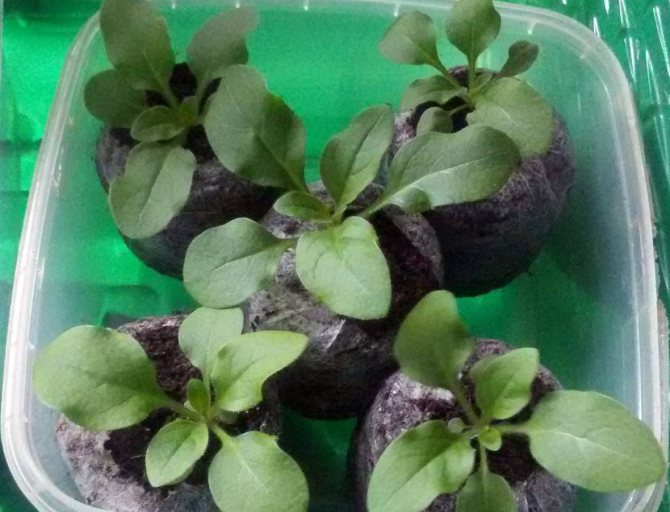

This is due to the fact that when the seedlings grow, they will not have enough sunlight and space.
The roots will begin to intertwine with each other, then it will be difficult to transplant them to a permanent place in the open ground.
Picking Kermek seedlings:
- It is recommended to water the containers with seedlings abundantly a couple of hours before the procedure. This will help soften the soil and make it looser, more pliable. This will make it easier to extract the plants without damaging the fragile root system.
- Prepare cups, pots or other containers, fill them with earth.
- The seedlings are carefully removed and placed in new containers.
- Then they are watered and removed to a sunny place.
The last point is especially important after picking plants, since they really need light.
If the seedlings do not have enough of it, they will begin to stretch, become pale and frail. This also needs to be taken into account when transplanting to a permanent place.
Lack of light can cause the statice to stop blooming.
Limonium in landscape design
Kermek looks great on the outer edge of flower beds when planted in a circle.
Decoratively sets off and complements the planting of various perennial flowers.
Another place where statice will delight you with colored highlights and feel good is an alpine slide or a rocky garden.
But often limonium is attractive not as part of the landscape design, but as an element of the room decor in the form of a winter bouquet.
For this, the kermek is planted singly or in small groups so that it shows all the characteristics of the variety and does not interfere with its growth and development.
How to get dried flowers
Long-term freshness in cut and the decorative beauty of dried plants is possible if they are properly prepared:
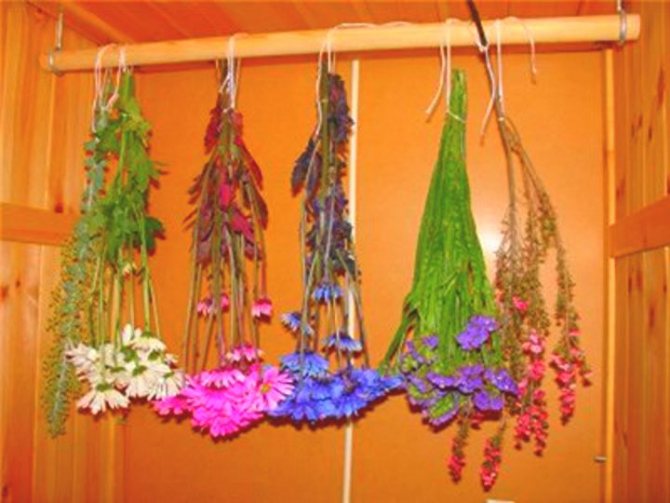

give preference to flowers that look fresh and have not yet faded in the sun;- flowers are dried, hanging by the stems, buds down;
- drying is carried out from dark, well-ventilated rooms, without access to direct sunlight, which contribute to the fading of the color of the buds.
How to collect and prepare
In order for kermek to bring benefits to the body and not bring any harm, you need to know how to properly procure and store it:
- rhizomes of plants that grow in damp areas go too deep into the ground, therefore they are not suitable for medicinal raw materials;
- the roots are dug in early autumn, cleaned of soil, small branches, damaged areas;
- the workpieces are washed, cut into large fragments and dried a little in the open sun;
- the rhizomes are dried in a special oven at a temperature of 50-60 degrees;
- properly prepared raw materials are stored in a special container for up to 3 years.
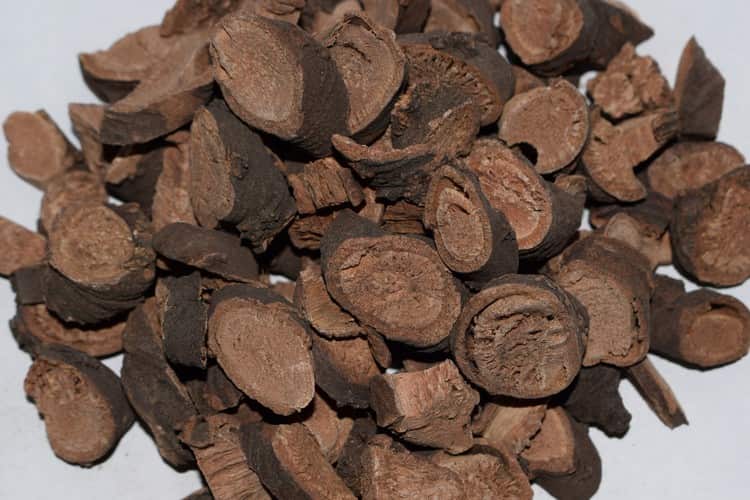

You may have your own experience of taking Kermek-based drugs.... Share your new recipes with us in the comments, we will be grateful.
Cutting and drying the immortelle
Many gardeners, admiring the beauty of flowers, strive to keep them in this form for as long as possible. To do this, you need to have certain knowledge. You need to know how to properly cut and dry flowers. Initially, you need to cut the statics. It is best to perform the procedure during a dry time of the day. If you make a cut in wet weather, then most likely the plant will lose color, begin to darken and rot. For cutting, only those plants are suitable that have managed to bloom well, and the maximum number of inflorescences has opened on them. Plants should be hung to dry one at a time. At the same time, they are suspended with inflorescences down. Dry in a dry, dark place.
Many growers consider such a flower as statice to be a unique plant. After all, he is able to please the human eye with his bright and colorful appearance throughout all 12 months: first when flowering in the open field, and then in a dried form in colorful compositions.
Statice, otherwise referred to as the Tatar white lemongrass, is definitely not ranked among the category of plants amenable to novice gardeners. However, its attractiveness as a component of a dry bouquet, as well as an inhabitant of a flower bed, often covers all possible difficulties in its cultivation. And to make the process as easy as possible, you should heed the advice of professionals.
Sowing seeds
Having decided on the cultivation method, they begin to sow statice.
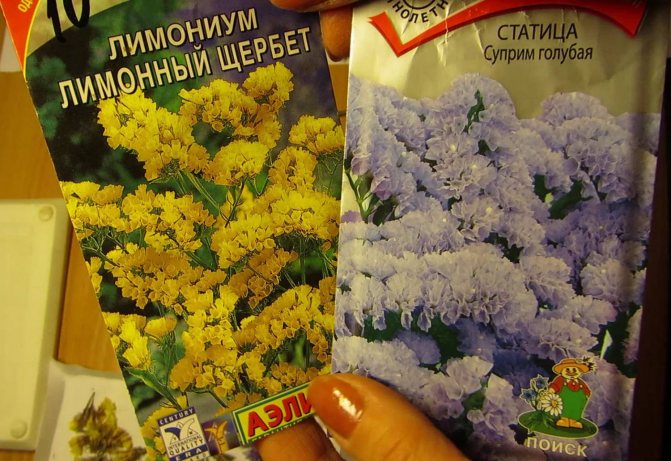

To do this, prepare boxes, pots, cups or any other container. The prepared soil mixture is poured into containers.
Next, the seeds are laid out, sprinkled with earth on top. The containers are covered with plastic wrap to create a greenhouse effect.
Then they wait for the first shoots to appear. After that, you need to remove the film and put the containers in a sunny place.
Conditions for germinating seeds
Statice seeds do not germinate too quickly. The fastest term is 10 days.
In some cases, the first shoots appear only after 21 days.
Such a long germination period is due to the fact that all the necessary conditions were not created.
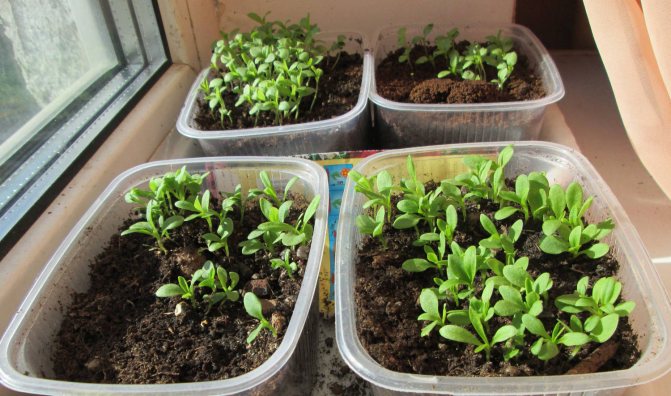

For the seeds to germinate, you need:
- ensure the room temperature is about + 20-24 ° С;
- water correctly so that the soil is constantly moist;
- warm containers with a 60 W fluorescent lamp (daily for 4-5 hours).
If everything is done correctly, you will soon be able to observe the appearance of the first shoots.
As soon as 2-3 true leaves are formed on them, you can start picking.
Statice annual or perennial?
Kermek is a perennial (in regions with a cold climate it is grown as an annual) herbaceous or semi-shrub plant.
Statice has long been used in the landscape design of European countries, it is popular in drawing up live and dry bouquets, since even after drying, bright colors remain.
The height of the erect stem is 45-80 cm, it is pubescent, covered with narrow oblong leaves. The root rosette of leaves is dense, at the root the leaf plates are larger, with notched edges. The color of the leaves and stem is light green.
In the natural environment, kermek is widespread in the Mediterranean, Asia Minor, North Africa, is cultivated everywhere, sometimes runs wild (natural thickets can be found in the Caucasus, in the USA).
Where to buy seeds
Statice seeds are sold in horticultural and florist shops, you can also order seeds through the mail and online stores.
Statice has become widespread among flower growers not so long ago, but has already gained great popularity. The second name of the flower is limonium or kermek. Belongs to the Pig family.
It is currently widespread in various countries, but the homeland of this flower is Central Asia. It is also found in Europe, Siberia, and even in Australia in arid zones or on the sea coasts. That is why the statice can be attributed to drought-resistant xerophytic plants that tolerate a lack of moisture well.
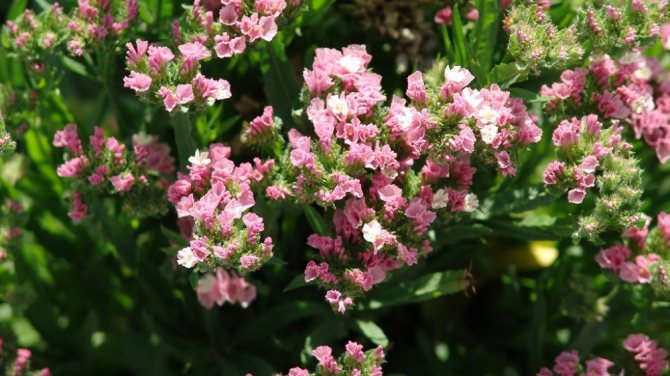

Statice has annual and perennial species. The plants are mostly herbaceous, but there are also dwarf shrubs. The roots of the statice are well branched, pivotal, the leaves are large, collected in a basal rosette. The stem is tall, erect, without leaves. The inflorescence is a panicle. Flowers are very small, up to 1 cm in diameter, with bell-shaped sepals.
The sepals are very interesting in the flower. They are tough, painted in different colors. It is they who give the statice a decorative look. The stomata of plants have the ability to close and thereby retain moisture when unfavorable, arid conditions occur.

